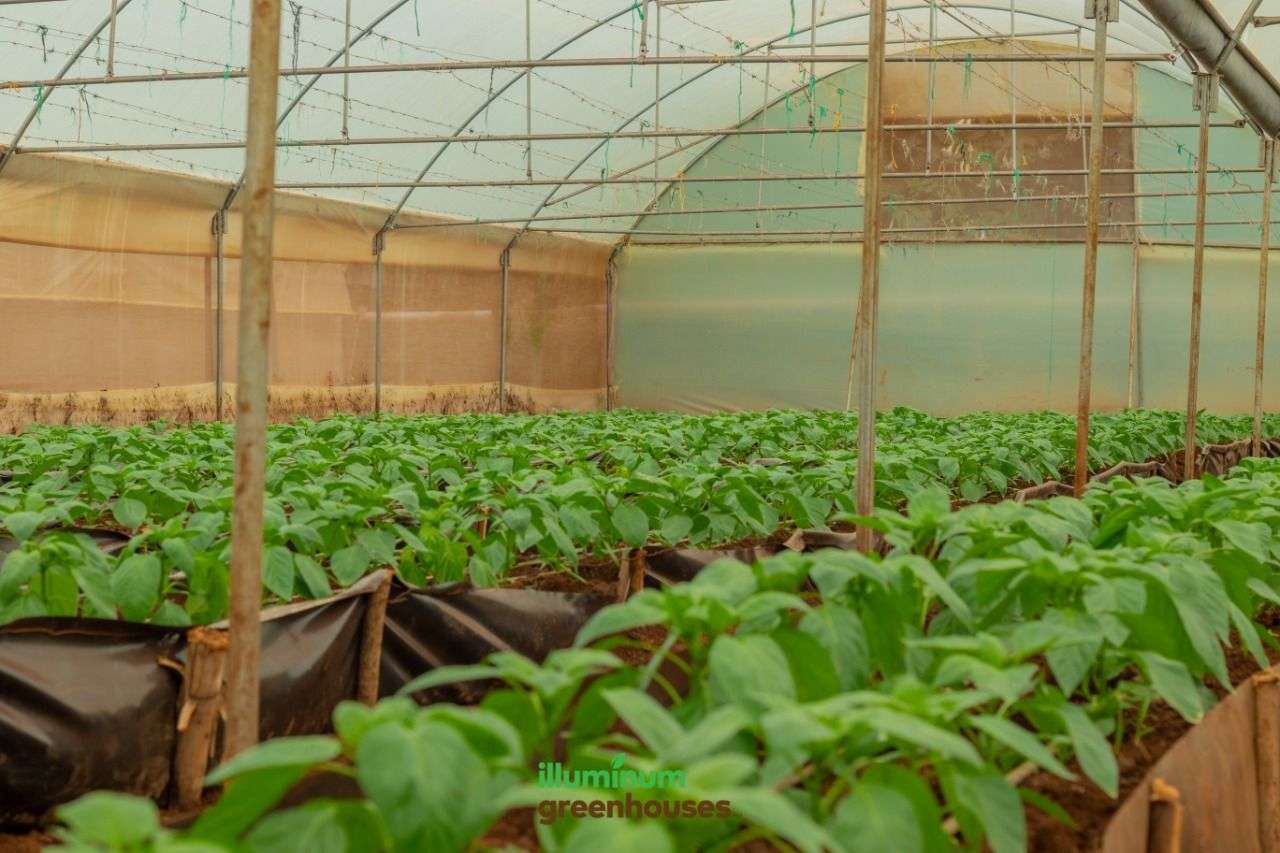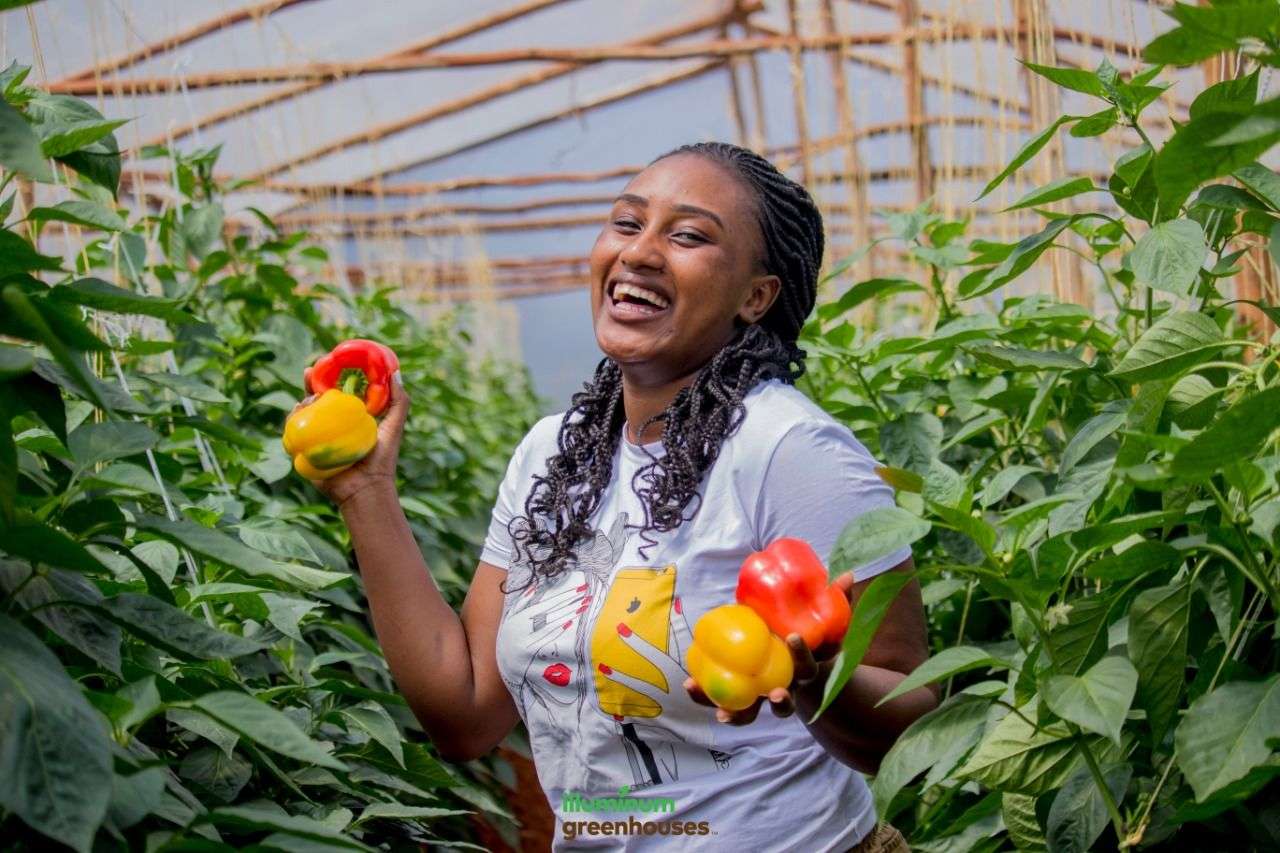Greenhouse Farming Tips

Setting up a greenhouse is quite an achievement and the next question that comes is what measures will the farmer take to be a successful greenhouse farmer.
Here are a few tips that will make you stand out as a greenhouse farmer
Use certified seeds
Don’t just plant any seeds, but plant certified seeds. These seeds are usually high yielding and a resistant to pests and diseases. Certified seeds will ensure that a farmer will not incur extra costs in treating plant diseases and achieve maximum harvests due to the high yielding nature of the crops. Certified seeds are available in the local market.
Bio-security
Control who gets in and out of the greenhouse. Secure it at all times. This will prevent the external pathogens carried by people from attacking your crops. One of the measures against external pathogens is to put up a point where people can disinfect before getting into the greenhouse. This measure ensures that the greenhouse if free from external pathogens.

Market
It is important not to just grow your crops blindly. Know where, when and whom you will sell your produce. Most farmers grow fresh vegetables in their greenhouses such as the tomatoes, capsicum and cucumbers. These products are highly perishable so the farmer has to be sure where they are selling the produce before they go bad.
Soil test
Before planting anything in the greenhouse, it is important to do a soil test. A soil test is meant to inform the farmer on the fertility levels of the soil and they are able to know the right fertilizers to apply. A soil test also tests for any conditions in the soil that needs treatment before planting. This is a crucial step in greenhouse farming because it ensures that the soil is in good shape before planting and this will increase the yield of the crops.

Farm support
As a greenhouse farmer, attend trainings where you can interact with other farmers, do farm visits to other farms and call in an agronomist into your greenhouse. These activities will make the farmer gather fresh ideas for crops, pests and diseases management. The continuous refreshment of knowledge in farming will go a long way into adding new ideas in your greenhouse project.

Source of water
A farmer should ensure that they have water that is readily available and sufficient to sustain drip irrigation in and out of season. One of they key elements to a successful greenhouse is the availability of water. The farmer therefore should always ensure that the supply is constant for their crops.
Timing
Time the harvesting of your crops in a season where the demand is high and the supply is low. The prices in the market tend to be favourable. In Kenya the drought season runs from the month of February through to June, when there is little to no rain fail and there is minimal supply of fresh produce into the market. A smart greenhouse farmer therefore should always ensure that they have fresh farm produce readily available in the market when other farmers do not have.
Choose your crops wisely
Move away from the traditional idea of planting kales and spinach and try high yielding crops such as cucumbers, capsicum, jalapenos and tomatoes. These crops have a low cost of production and yet have competitive prices at the market hence the farmer is able to make favourable profits
Take notes
A smart greenhouse farmer keeps track of all details of the greenhouse. These include details like: water usage, fertilizers applied, pH of the soil, pest and diseases, planting time and harvesting time. This is data is key and will assist the farmer in making decisions about the greenhouse.
At Illuminum Greenhouses, we support our farmers right from greenhouse installation, walk with them through to planting up to harvesting. We are proud to be associated with smart greenhouse farmers who take up all the greenhouse farming tips and make greenhouse farming a success!


